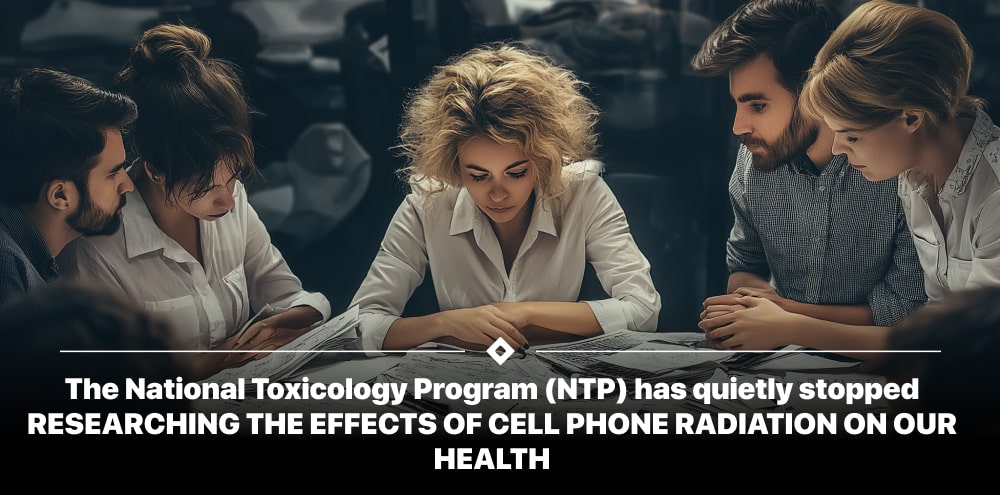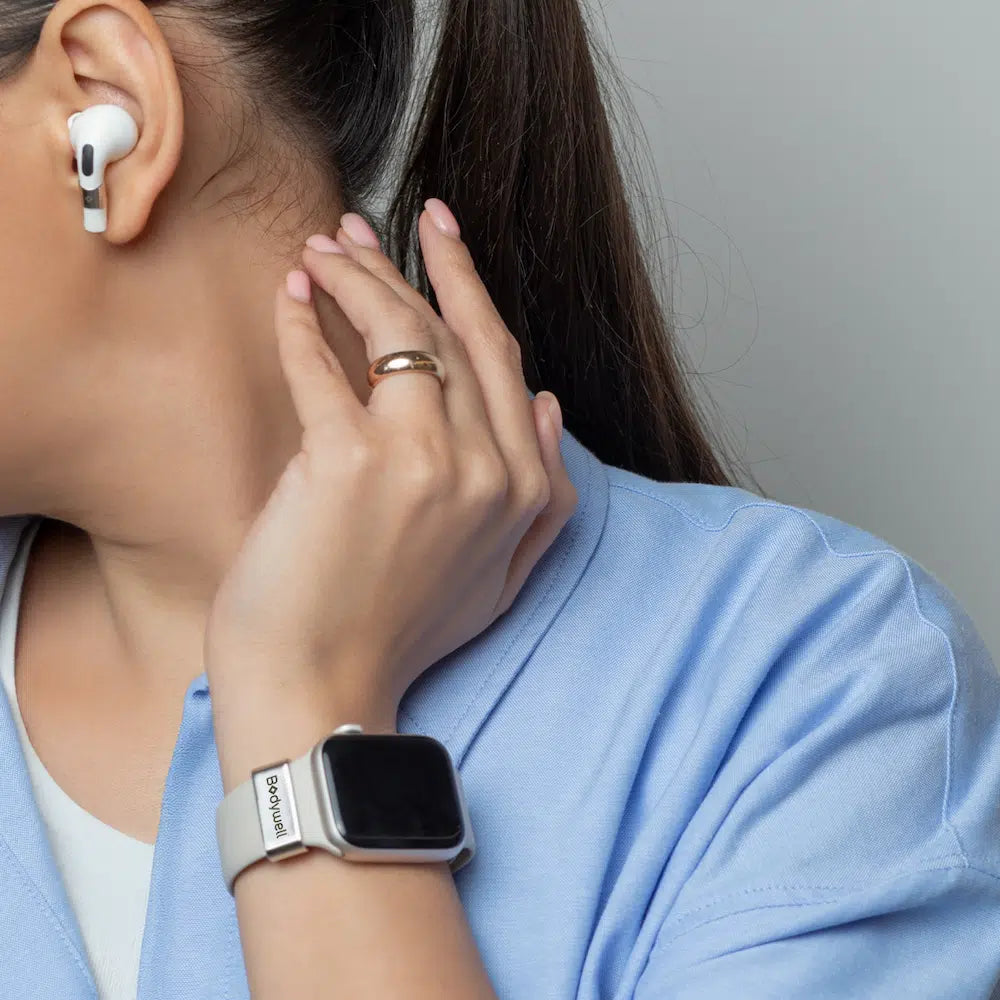In an unexpected move, the National Toxicology Program (NTP) under the National Institutes of Health (NIH) recently announced it would no longer study the effects of cell phone radiation on biological or environmental health. This decision leaves many health advocates, researchers, and concerned citizens wondering why the program would abandon this critical area of research, especially after investing $30 million and over a decade of rigorous studies.
The NTP’s studies previously identified health impacts from cell phone radiation, including cancer, DNA damage, and heart issues in animal studies exposed to radiation levels comparable to those experienced by people today. The sudden end to this research is surprising, especially since recent findings suggest that more in-depth investigation is necessary to understand the long-term effects of radiofrequency (RF) radiation on human health.
A Global Divide in Radiation Research
While the U.S. government steps back, international bodies are intensifying their focus on wireless radiation. The European Union is funding multidisciplinary research on the health impacts of RF radiation, and countries like France actively monitor RF emissions from cell towers and devices. French policymakers have even mandated consumer health warnings, advising that teenagers and pregnant women limit direct exposure to cell phones, which aligns with concerns about RF radiation’s effects on fertility and child development.
This international attention highlights a growing divide, with the U.S. civilian government halting RF research while other governments and scientific communities prioritize the issue. This raises important questions: What has shifted the priorities for U.S. research? Could there be alternative funding solutions?
Public Health Concerns in the Absence of Research
Though NTP cited technical challenges and unexpected costs, their reasoning leaves more questions than answers. As cell phone and wireless device usage continues to increase globally, the potential health impacts grow too, especially among vulnerable populations like children, whose developing brains and bodies may be more sensitive to RF radiation.
The end of government-backed studies doesn’t change the reality that we’re all part of a massive, ongoing experiment. Worldwide, billions of people are exposed to rising levels of wireless radiation, and there is no “control group” untouched by RF exposure. Fertility clinics, for example, often advise men to keep phones out of their pockets due to studies showing a potential link between RF exposure and reduced sperm quality. Similarly, emerging research suggests that carrying cell phones close to the body, like in a bra pocket, could be linked to breast cancer.
Taking Personal Action for Protection
Despite the halt in research, individuals concerned about RF exposure can take practical steps to reduce potential risks. For those seeking a proactive solution, Bodywell®’s EMF protection products offer reliable ways to limit exposure:
- Thermal Absorption Reduction: Bodywell®’s products reduce thermal absorption by up to 20%, especially valuable in poor signal areas where devices emit higher radiation.
- Specific Absorption Rate (SAR) Reduction: By lowering SAR by 80%, Bodywell® offers a safer way to stay connected, minimizing the body’s exposure to RF radiation.
- pH Balance Restoration: Extended RF exposure can disrupt the body’s natural pH balance. Bodywell®’s products are designed to help restore and maintain your body’s natural equilibrium.
While questions remain about the future of RF radiation research, protecting your health is a step you can take today. With Bodywell®’s EMF protection products, you can stay connected while reducing the impact of RF exposure.




















Leave a comment
This site is protected by hCaptcha and the hCaptcha Privacy Policy and Terms of Service apply.